Vehicle-to-Everything (V2X) communication is at the forefront of transforming the transportation landscape in 2025. By enabling seamless interaction between vehicles, infrastructure, pedestrians, and networks, V2X technology enhances safety, efficiency, and the overall driving experience. As cities become smarter and autonomous vehicles more prevalent, understanding V2X’s role is crucial for stakeholders across the automotive and tech industries.
This article delves into the fundamentals of V2X communication, its applications, benefits, and the challenges it faces in reshaping modern transportation.
Understanding V2X Communication
What Is V2X Communication?
V2X communication encompasses a range of technologies that facilitate real-time data exchange between vehicles and their surrounding environment. This includes Vehicle-to-Vehicle (V2V), Vehicle-to-Infrastructure (V2I), Vehicle-to-Pedestrian (V2P), and Vehicle-to-Network (V2N) interactions. By leveraging wireless technologies such as Dedicated Short-Range Communications (DSRC) and Cellular Vehicle-to-Everything (C-V2X), V2X enables vehicles to communicate critical information like speed, location, and braking status.
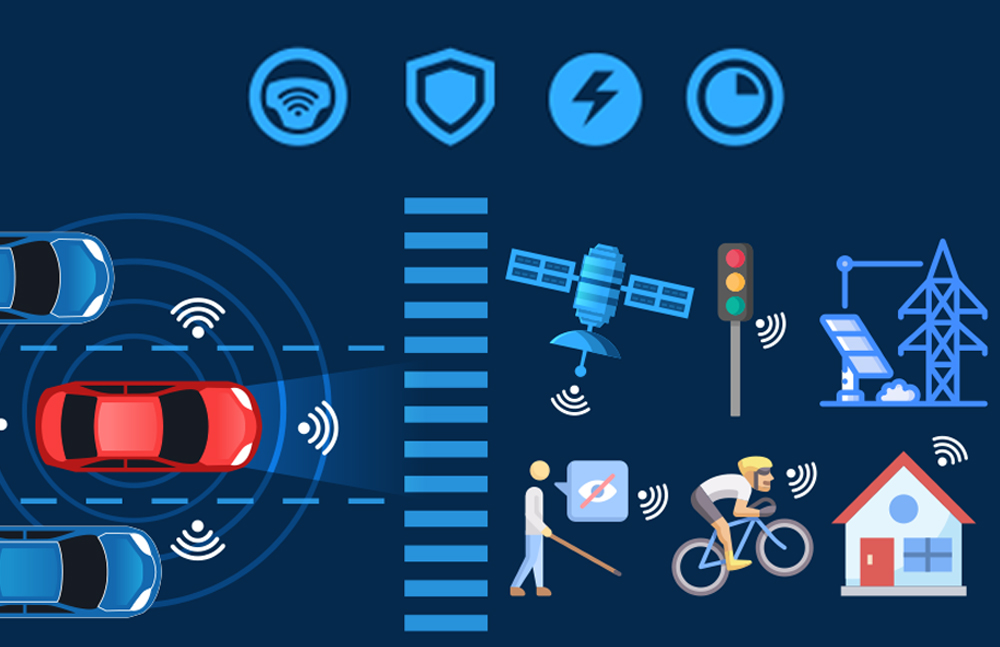
- V2V Communication: Enhances road safety by allowing vehicles to share information about their movements, reducing the likelihood of collisions.
- V2I Communication: Integrates vehicles with traffic signals, road signs, and other infrastructure to optimize traffic flow and reduce congestion.
- V2P Communication: Protects pedestrians by alerting drivers and autonomous systems to their presence, especially in low-visibility conditions.
- V2N Communication: Connects vehicles to broader network systems, enabling access to real-time traffic data, navigation updates, and remote diagnostics.
The Technology Behind V2X
V2X relies on advanced wireless communication protocols and robust data processing capabilities. The integration of 5G networks significantly enhances V2X performance by providing higher bandwidth, lower latency, and greater reliability. This ensures that critical information is transmitted instantaneously, which is essential for applications requiring real-time responsiveness, such as autonomous driving and emergency braking systems.
Applications of V2X in Modern Transportation
1. Enhancing Road Safety
One of the primary benefits of V2X communication is the substantial improvement in road safety. By enabling vehicles to communicate their intentions and movements, V2X reduces the risk of accidents caused by human error, such as sudden stops or lane changes. For instance, if a vehicle detects an imminent collision, it can alert surrounding cars to take evasive actions, thereby preventing accidents before they occur.
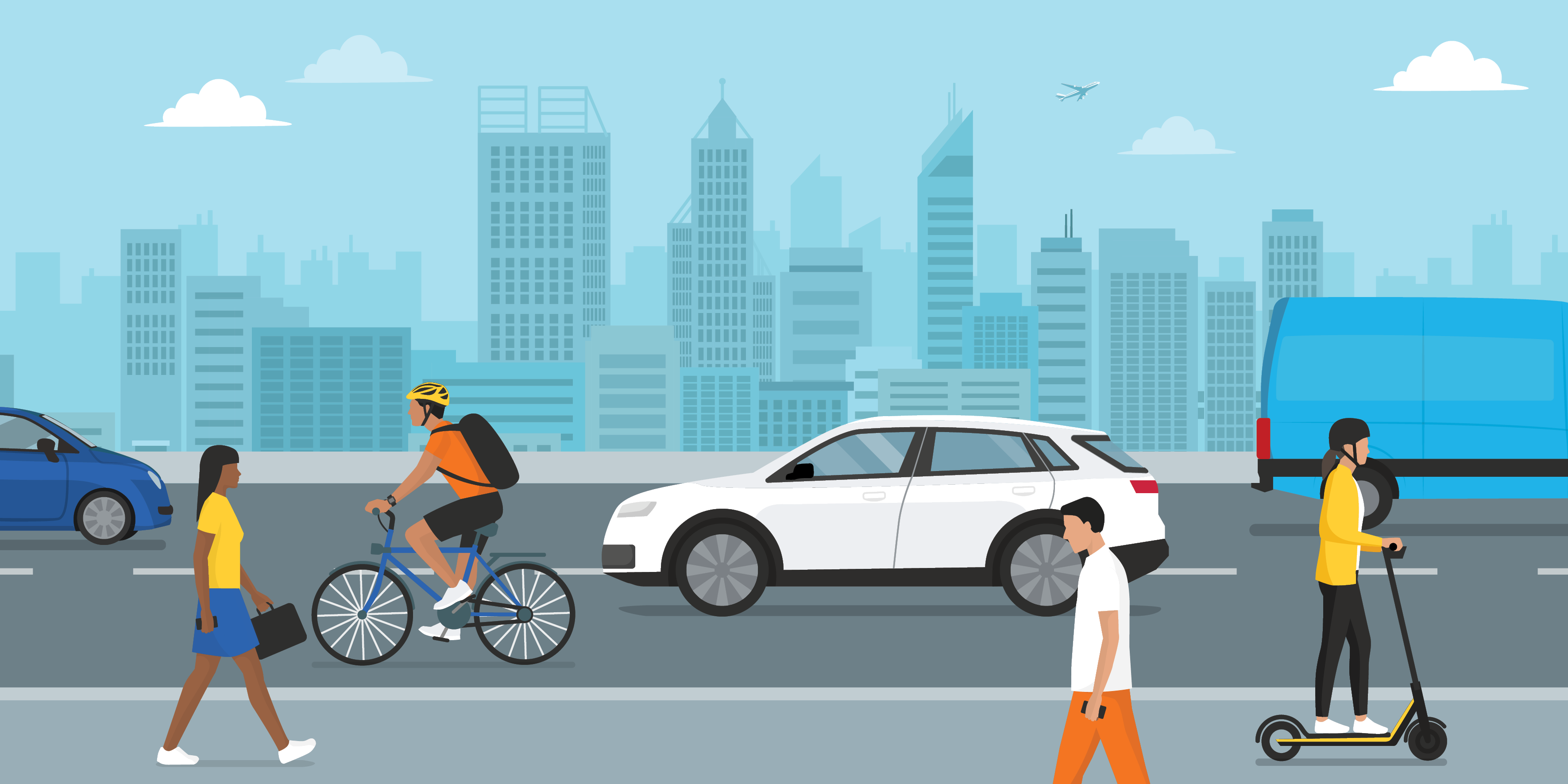
- Collision Avoidance Systems: Utilize V2V data to alert drivers of potential collisions and automatically apply brakes if necessary.
- Blind Spot Detection: Helps drivers become aware of vehicles in their blind spots, reducing the chances of side-impact accidents.
- Intersection Safety: V2I communication ensures that vehicles receive timely signals about traffic light changes, preventing run-through red lights and improving intersection safety.
2. Optimizing Traffic Flow and Reducing Congestion
V2X technology plays a crucial role in enhancing traffic management and reducing congestion in urban areas. By connecting vehicles with traffic infrastructure, V2X enables dynamic traffic signal adjustments based on real-time traffic conditions. This leads to smoother traffic flow, shorter travel times, and lower emissions.
- Adaptive Traffic Signals: Adjust traffic light timings in real-time to accommodate varying traffic volumes, reducing idle times at intersections.
- Route Optimization: Provides drivers and autonomous vehicles with the most efficient routes based on current traffic data, avoiding congested areas.
- Platooning: Allows vehicles to travel closely together at consistent speeds, reducing aerodynamic drag and improving fuel efficiency.
3. Facilitating Autonomous Driving
Autonomous vehicles rely heavily on accurate and timely data to navigate safely and efficiently. V2X communication enhances the capabilities of self-driving cars by providing comprehensive information about their surroundings, including data from non-equipped vehicles and infrastructure.
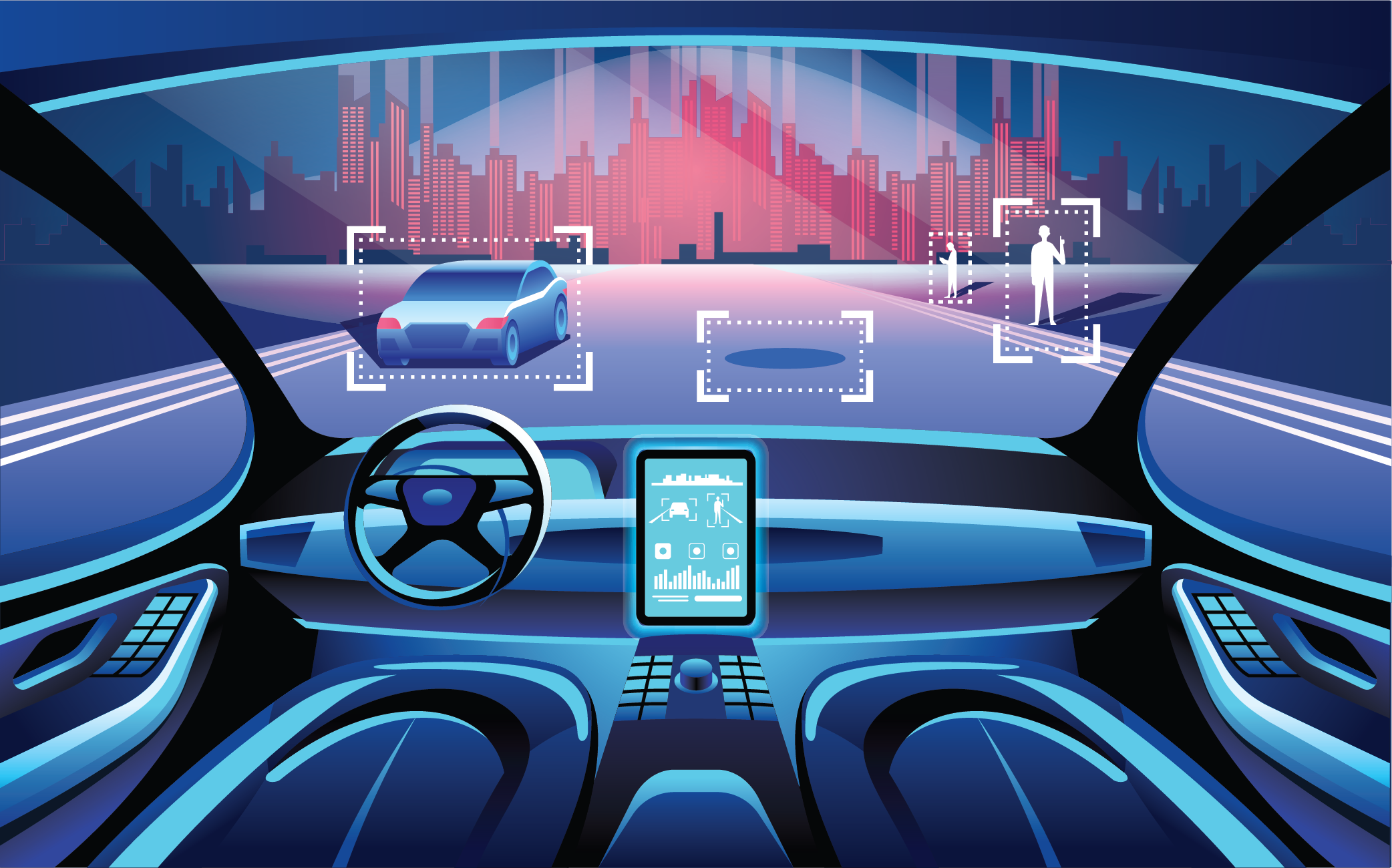
- Enhanced Perception: V2X augments sensor data (like cameras and LiDAR) by providing additional context about the environment, improving decision-making processes.
- Coordinated Maneuvers: Enables autonomous vehicles to perform coordinated actions, such as merging lanes or negotiating intersections, with greater precision and safety.
- Remote Updates and Diagnostics: Allows autonomous systems to receive software updates and perform remote diagnostics, ensuring optimal performance and security.
Benefits of V2X Communication
1. Increased Efficiency and Reduced Emissions
V2X communication contributes to more efficient transportation systems by minimizing traffic congestion and optimizing vehicle movements. This efficiency not only reduces travel time but also lowers fuel consumption and emissions, promoting a more sustainable environment.
- Fuel Savings: Efficient traffic flow and optimized routing lead to reduced fuel consumption, benefiting both drivers and the environment.
- Lower Emissions: Decreased idling and smoother traffic movement result in lower greenhouse gas emissions and improved air quality.
- Energy Efficiency: Platooning and coordinated driving reduce aerodynamic drag, enhancing the energy efficiency of vehicles.
2. Enhanced User Experience
By providing real-time information and seamless connectivity, V2X improves the overall driving experience. Drivers benefit from enhanced navigation, personalized services, and improved comfort, while autonomous vehicle users enjoy smoother and safer journeys.
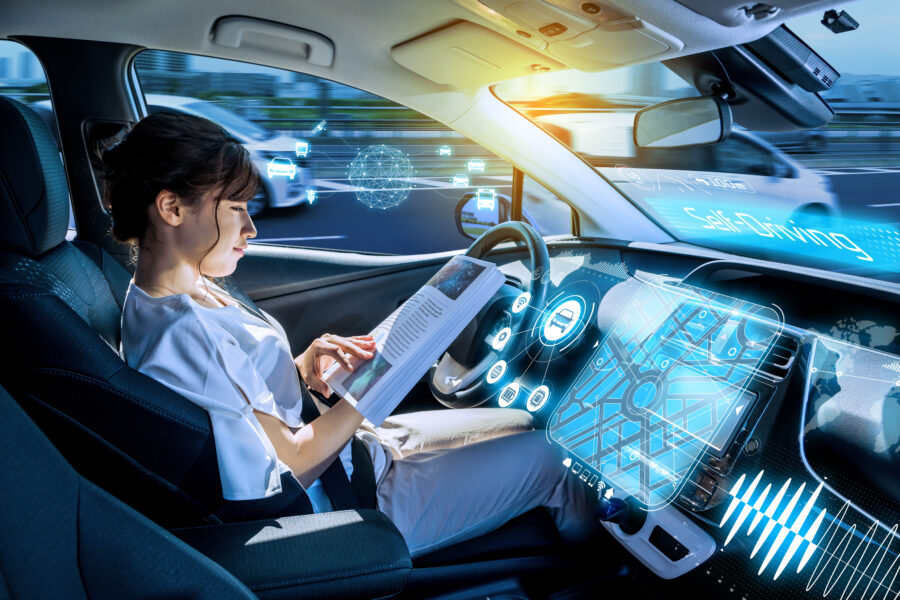
- Real-Time Navigation: Access to up-to-date traffic information allows for more accurate and efficient route planning.
- Personalized Services: V2X enables vehicles to offer tailored services, such as in-car entertainment and personalized climate control, based on user preferences.
- Improved Comfort: Reduced traffic congestion and smoother traffic flow contribute to a more comfortable and less stressful driving experience.
3. Strengthened Public Safety and Emergency Response
V2X communication enhances public safety by enabling faster and more effective emergency response. Vehicles can quickly communicate with emergency services and other road users, ensuring timely assistance and reducing the impact of accidents.
- Emergency Vehicle Priority: V2I communication allows emergency vehicles to receive priority at traffic signals, ensuring they reach their destinations promptly.
- Accident Reporting: Immediate alerts to emergency services and nearby vehicles facilitate faster response times and assistance.
- Disaster Management: V2X can aid in coordinating evacuation routes and managing traffic flow during natural disasters or large-scale emergencies.
Challenges and Considerations
1. Data Privacy and Security
As V2X relies on the exchange of vast amounts of data, ensuring the privacy and security of this information is paramount. Protecting user data from breaches and unauthorized access is critical to maintaining trust and safeguarding sensitive information.
- Encryption Protocols: Implementing robust encryption methods to secure data transmissions between vehicles and infrastructure.
- Regulatory Compliance: Adhering to data protection regulations and standards to ensure user privacy and data integrity.
- Cybersecurity Measures: Developing advanced security measures to prevent cyberattacks and protect against vulnerabilities in V2X systems.
2. Infrastructure Investment and Standardization
The successful implementation of V2X communication requires significant investment in infrastructure and the establishment of standardized protocols. Coordinating efforts across industries and governments is essential to create a unified and effective V2X ecosystem.
- Infrastructure Upgrades: Investing in smart traffic signals, sensors, and communication networks to support V2X technology.
- Standardization Efforts: Developing and adopting universal standards for V2X communication to ensure interoperability and seamless integration across different systems.
- Collaborative Partnerships: Encouraging collaboration between automotive manufacturers, technology providers, and government agencies to drive the adoption of V2X technology.
3. Technological Limitations and Adoption Rates
Despite its potential, V2X technology faces challenges related to technological limitations and varying adoption rates among different regions and vehicle manufacturers. Overcoming these hurdles is crucial for widespread acceptance and effectiveness.

- Technology Maturity: Ensuring that V2X technologies are reliable, scalable, and capable of handling diverse real-world scenarios.
- Adoption Barriers: Addressing factors such as cost, complexity, and lack of awareness that may hinder the widespread adoption of V2X communication.
- Interoperability Issues: Ensuring that V2X systems from different manufacturers and regions can communicate effectively and seamlessly.
The Future of V2X Communication in Transportation
1. Integration with Smart Cities
V2X communication is a cornerstone of smart city initiatives, enhancing urban mobility and infrastructure management. By integrating V2X with other smart technologies, cities can achieve greater efficiency, sustainability, and quality of life for their residents.
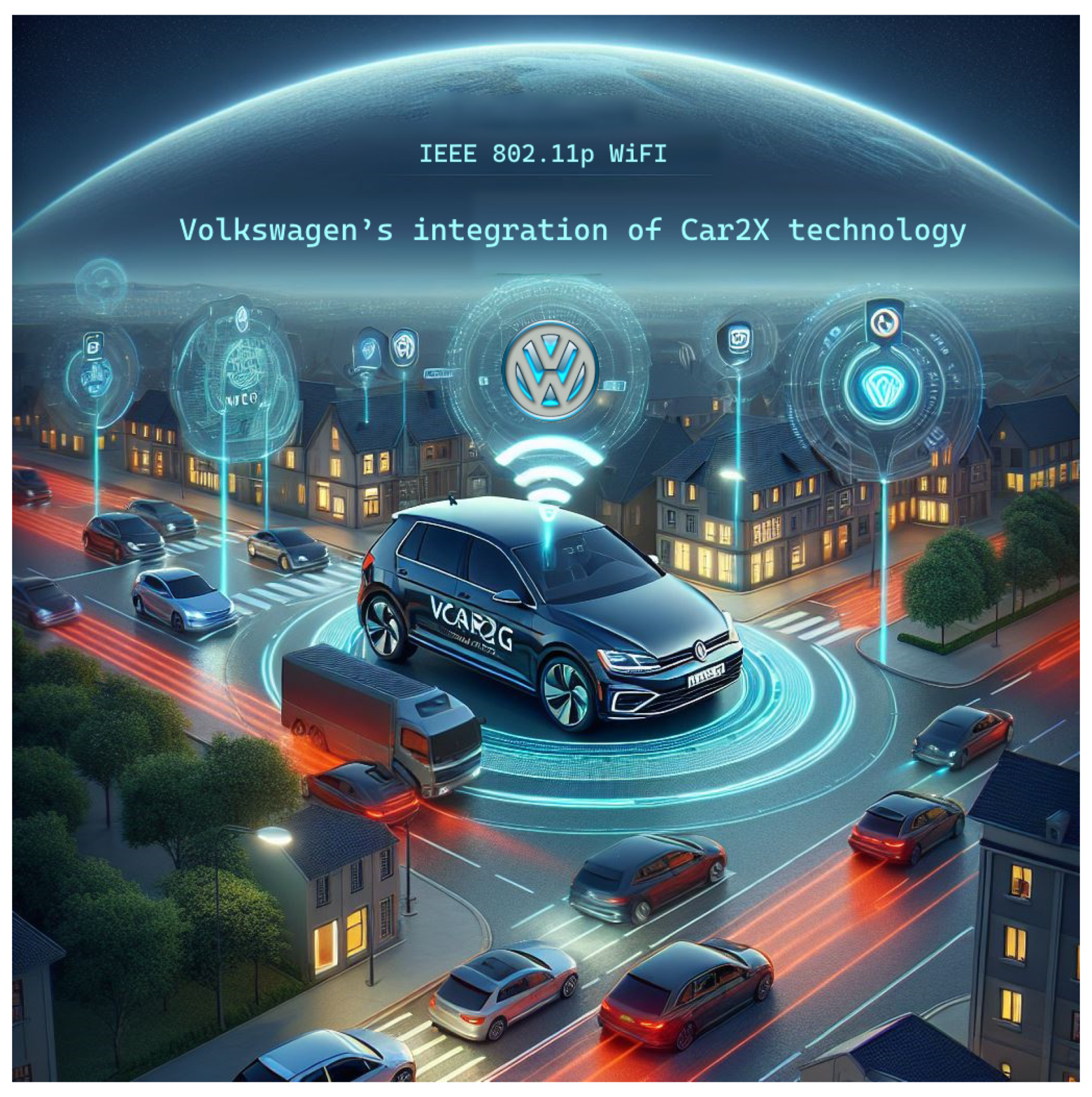
- Smart Traffic Management: Leveraging V2X data to optimize traffic signals, reduce congestion, and improve overall traffic flow.
- Urban Planning: Utilizing insights from V2X communication to inform infrastructure development and urban design.
- Environmental Monitoring: Using V2X data to track and manage environmental factors, contributing to greener and more sustainable cities.
2. Advancements in Autonomous Vehicle Technology
As autonomous vehicles become more sophisticated, V2X communication will play an increasingly critical role in their operation and safety. Enhanced connectivity between autonomous vehicles and their environment will enable more reliable and efficient autonomous driving systems.
- Enhanced Decision-Making: Providing autonomous vehicles with comprehensive real-time data to improve navigation and decision-making processes.
- Cooperative Driving: Facilitating coordinated actions among autonomous vehicles, such as platooning and synchronized lane changes, to enhance safety and efficiency.
- Reduced Human Intervention: Enabling autonomous vehicles to handle complex driving scenarios with minimal human intervention, improving overall reliability and performance.
3. Expanding Global Adoption and Collaboration
For V2X communication to reach its full potential, global collaboration and widespread adoption are essential. Countries and regions must work together to establish common standards, share best practices, and invest in the necessary infrastructure to support V2X technology.
- International Standards: Harmonizing V2X communication protocols to ensure compatibility and interoperability across different markets.
- Global Partnerships: Forming alliances between automotive manufacturers, technology companies, and governments to accelerate the deployment of V2X systems.
- Knowledge Sharing: Facilitating the exchange of information and expertise to drive innovation and address challenges related to V2X communication.
Conclusion
Vehicle-to-Everything (V2X) communication is set to revolutionize transportation in 2025 by enhancing safety, efficiency, and the overall driving experience. Through seamless interaction between vehicles, infrastructure, and networks, V2X technology paves the way for smarter and more connected cities. While challenges such as data privacy, infrastructure investment, and technological limitations remain, the potential benefits of V2X communication make it a pivotal element in the future of transportation. As stakeholders continue to collaborate and innovate, V2X will play a critical role in shaping a safer, more efficient, and sustainable mobility landscape.
Are you excited about the future of V2X communication in transportation? Share your thoughts and experiences in the comments below, or visit our website to learn more about the latest advancements and trends in automotive technology. Let’s drive the conversation forward together!
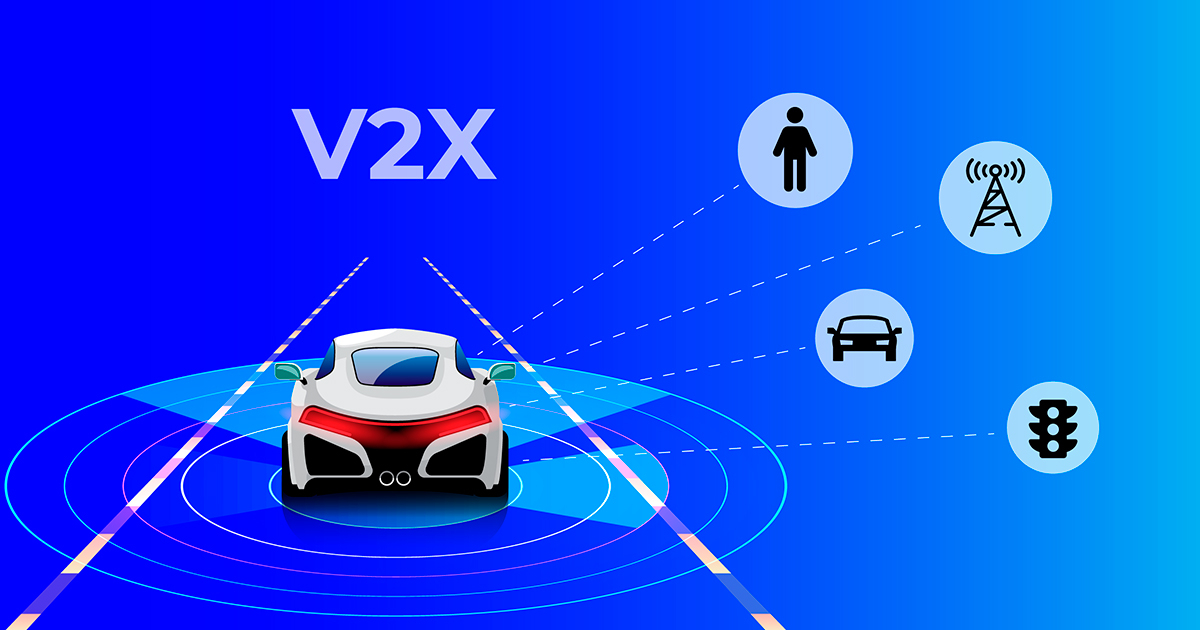
Leave a Reply